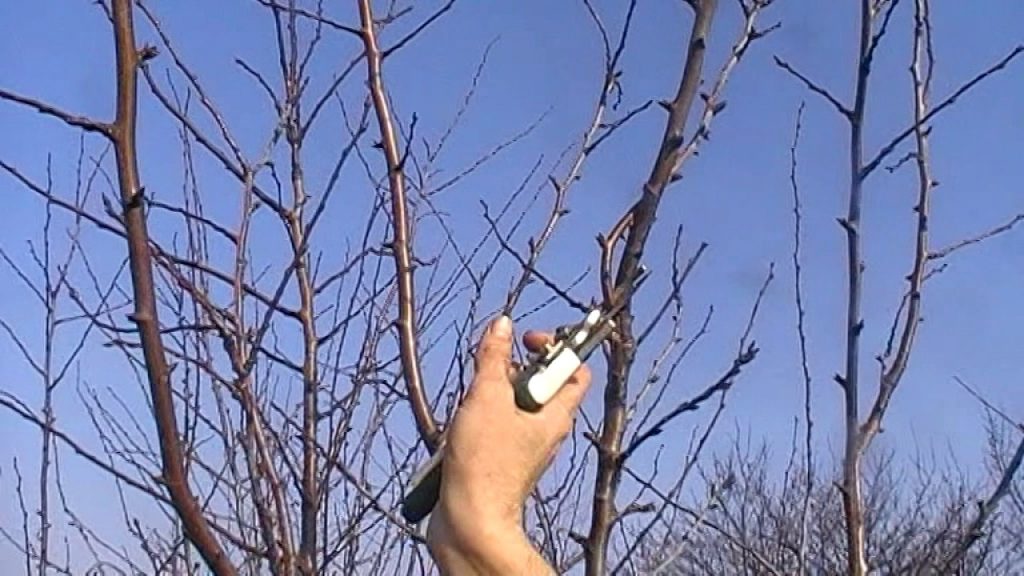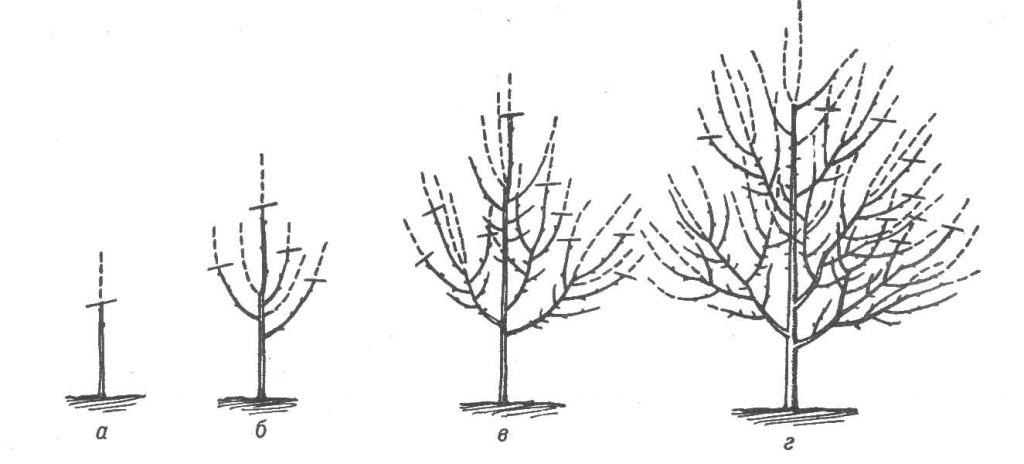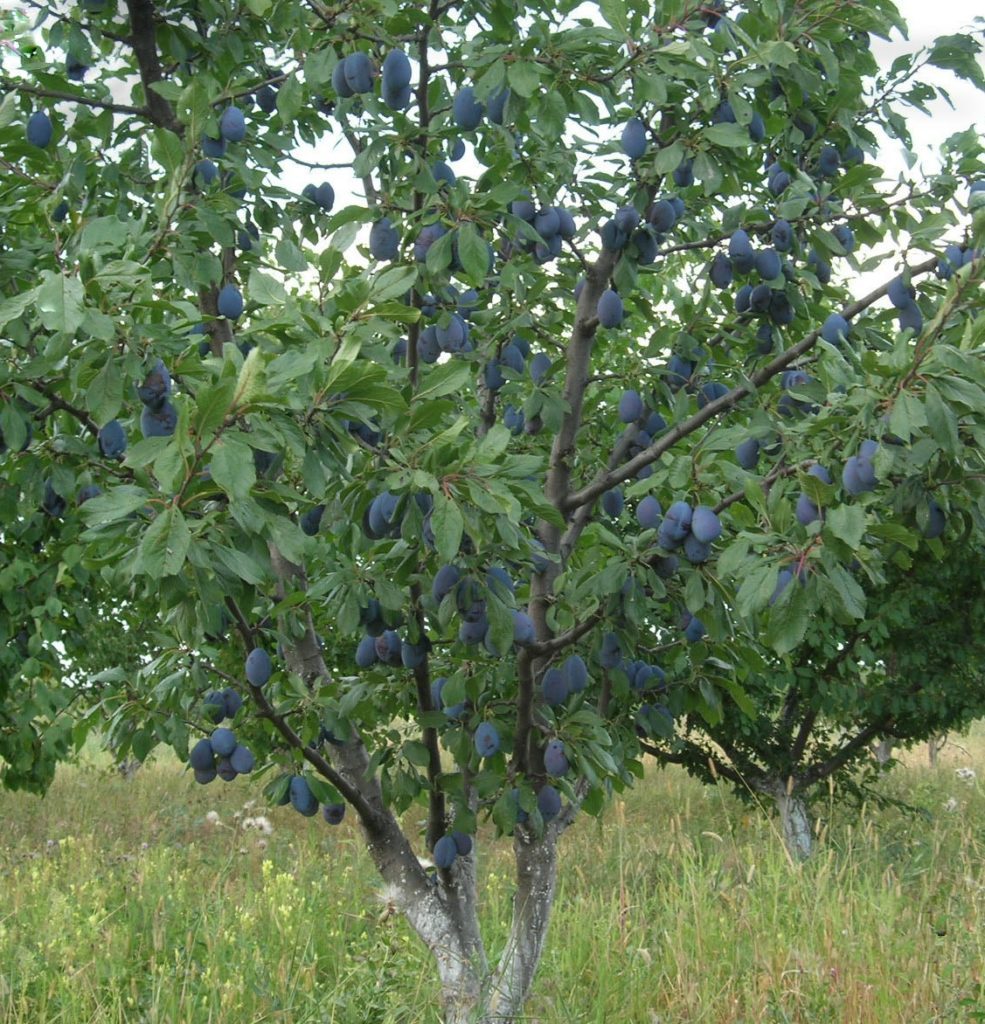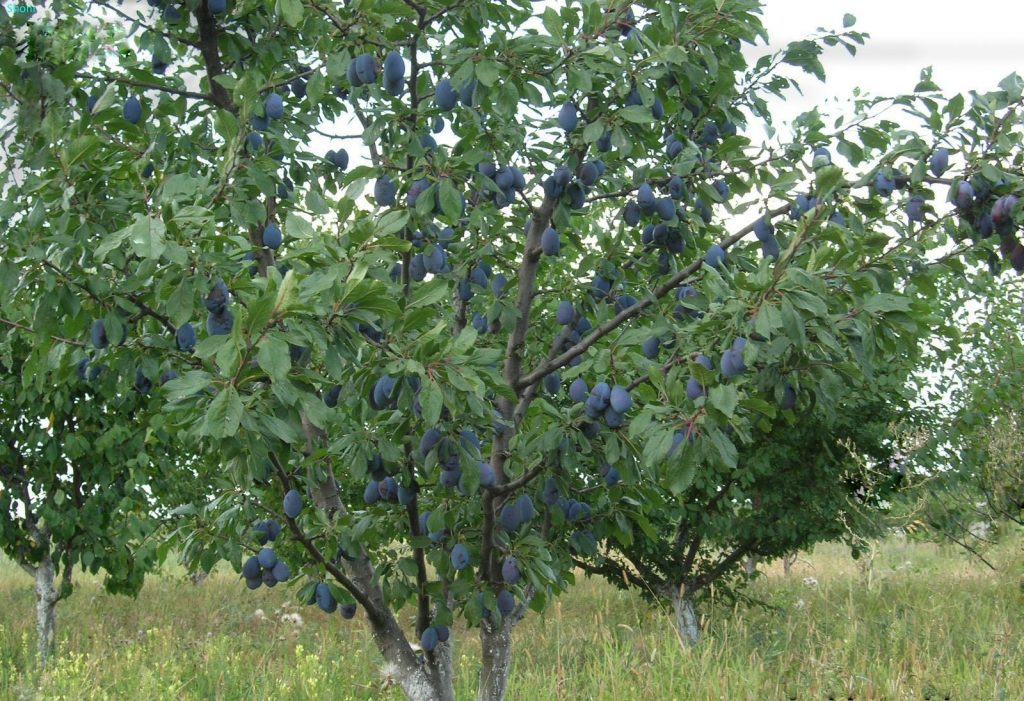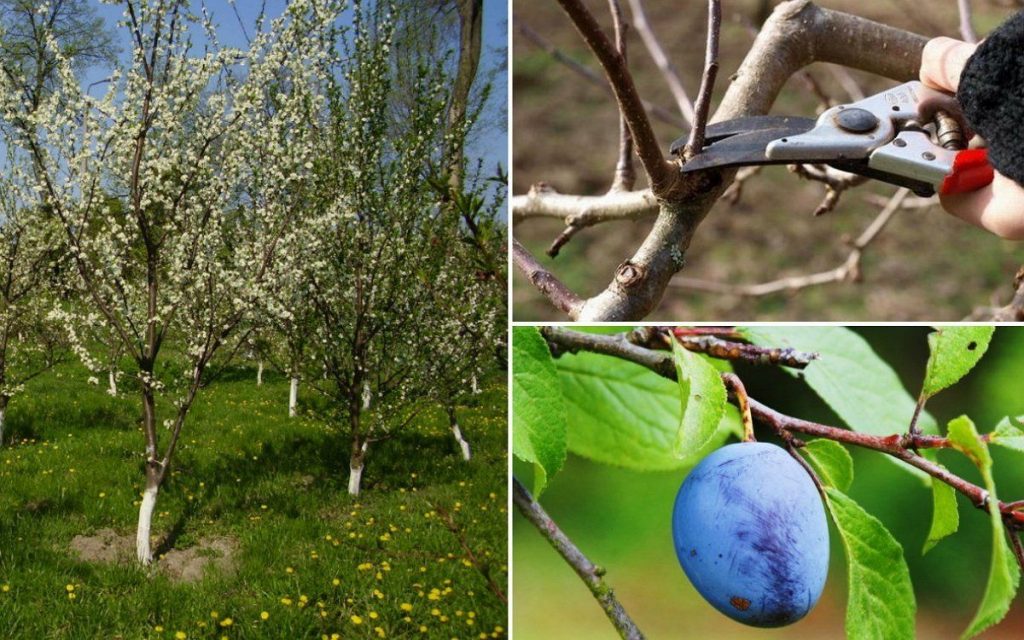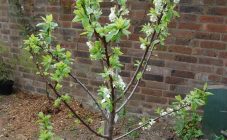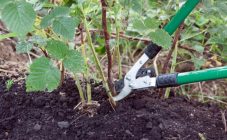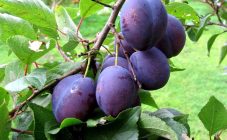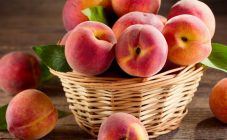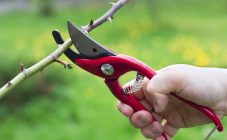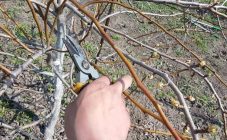Content:
Crown formation is often considered an act of maintaining the decorative effect of the garden. Of course, beautifully and neatly trimmed crowns look much more pleasing to the eye, but for the most part, crown formation helps to heal the tree and make the harvest richer.
What is shaping and what is it for
Shaping and pruning the crown is an indispensable part of caring for garden trees, in particular plums. The crown of any tree grows rather quickly. This forms a shade that prevents the ovaries from developing properly and also makes ripening the fruit quite difficult. The result is a lot of small plums that did not have time to fill with juice. The tree will not have the energy to saturate each branch with nutrients, so it is important to prune and remove any unnecessary branches and shoots.
Not many people know how to form a plum correctly, which is why the wrong branches are removed and the tree becomes sensitive to frost and does not bear fruit.
Plum crown formation is mainly aimed at rejuvenating the tree and increasing its yield. The average age of a fruiting plum is 15-20 years, however, already from 13-15 the tree grows old and begins to give a poorer harvest.
But it will still be important to regularly remove old and dead branches. Large branches, on which there are only a couple of young branches, but they themselves are dry or with yellowed leaves - all this must be removed. But it is very important to understand in detail how to cut the plum, so that this leads to an increase in fruiting, and not vice versa.
Cutting and shaping methods
There are several basic schemes for the formation of plums, each of which is suitable for a specific time of year, age, type and part of the tree that needs to be formed.
Basic methods
At the very end of spring and throughout the summer, a method called "pinching" is popular. It consists in pruning young shoots, most of them will not have time and will not be able to bloom during the summer, so they do not have any useful function, but only takes strength from the tree. Therefore, in the summer they should be cut off, approximately every two weeks before the onset of autumn. In the fall, the state of the tree is assessed and unnecessary branches are completely removed.
For this, the "breaking-out" method is suitable, branches are cut off at the very base, going vertically, located in the middle between two others, outdated or not giving shoots.
Many are interested in the question of how to form a plum in the first year. To do this, you should get acquainted with such a concept as the trunk zone, this is a place on a seedling located 50-60 cm from the ground. 6-8 buds are usually counted up from the trunk zone, and branches above this level are cut off. Pruning is much the same for several years after planting.
In the second year, in the area of the trunk, just a couple of such branches are selected, the rest are removed, after which all branches are shortened at the level of the upper buds to approximately the same length.On the Internet, you can find step-by-step examples and schemes for pruning young plum trees.
Varieties in need of formation
Surprisingly, the plum appeared as a garden tree not so long ago. Many varieties are considered wild and grow naturally. This breed is based on the selection of cherry plum and blackthorn, which are wild plants in themselves. There are a huge number of varieties, many of them are, in principle, unpretentious, but varieties bred for home conditions or botanical gardens really require more care.
Hungarian
The most traditional variety for Russian summer residents. Plums of this variety come in two colors: red or purple. In total, there are about five varieties of plum fruits by color: yellow, green, white, red (red-yellow, red-purple), purple and dark purple, almost black. So, Hungarian usually has a bloom on the fruits, it is distinguished by a fleshy, sugar structure. A positive characteristic that led to the great popularity of the variety was its easy transportability and, in principle, unpretentiousness in care. Hungarian needs to be pruned, but you can do this only twice a year, without bothering yourself too much.
Greengage
The variety is very demanding. It has very juicy and tender fruits that require vigilant attention. They quickly deteriorate, that is, they are practically not stored or transported. The trees of the Renclode variety are no less demanding than the fruits, they need regular watering and crown formation.
Nenka
The crown should be thinned out and shaped like a hemisphere. The fruits of this variety are very healthy, full of nutrients and vitamins. Chemal large plum is very picky about the temperature regime during flowering, moisture supply, but it can survive even severe frosts and do without the constant formation of the crown.
Columnar plums (eg Blue Sweet) are one of the most demanding varieties to care for. Trees are considered dwarf trees and only grow upward. They need to remove branches that begin to grow vertically along the trunk. Also, due to the high level of fruiting in such breeds, an excessive amount of ovaries is formed, which should be removed as they grow. At the end of June, out of 3-5 ovaries in one place, 1-3 of the weakest are removed, the same is repeated in July, due to which only the largest ovary remains in each fruiting site. The result is large and ripe fruits.
Quite unpretentious varieties are considered: President, Egg plum, Honey, Eurasia. In principle, they are rather indifferent to care and the place of growth in general, although, of course, it is able to improve productivity.
Favorable season for pruning
Plums need to be cut several times a year, the first shaping is needed already at the time of planting the tree. Then it will take root much earlier and give leaves.
The main care of plums in spring is pruning. In the spring, the tree thaws from winter frosts, the juices begin to gradually rise along the branches, so pruning during this period will increase metabolism several times and the tree will give a more abundant and high-quality harvest.
The next most important stage of pruning and shaping is in the fall. At this time, the fruits are already harvested, and the tree begins to prepare for winter. It is recommended to cut the tips of young branches, including those that have already borne fruit in the past season.
Many summer residents and gardeners believe that the formation of plums should occur exclusively in spring and autumn, but this is not the case. Plum pruning in summer also plays an important role, as it is during this period that trees most of all need strength to ripen fruits.In the summer (from the end of May) the growth of new shoots and young twigs is increased, but contrary to the opinion of many, they are useless, at least in the current year, so they should be pruned. Summer pruning will again saturate the fruiting branches with juice and energy, moreover, this way the crown will become a little less frequent and will let in more sunlight.
The process of forming the crown
In the spring, branches are cut from the plum, which were damaged during the winter or simply froze. At the base, those that grow in the wrong direction, deep into the crown or vertically, are cut off. Most often, such branches do not have side branches, which should bear fruit. Such branches only take away strength, so they should be removed first. In addition, all young branches or those starting to develop and give off shoots should also be pruned by about ¼ - 1/3 (it is important to do this before buds should appear).
Plum trees without constant formation and pruning will quickly overgrow with branches, many of which will not bear fruit. Soon, large branches will gradually begin to age and die off, if not given new strength by pruning.
Tools and techniques
Having figured out how to properly cut the plum, you need to acquire a suitable tool. Pruning shears or long-handled pruning shears are best to form a crown, but they will only help in pruning young, thin twigs and shoots. You will need to use a saw or ax to remove old or thick trunks.
It is important that the pruning shears are sharpened, otherwise the branch will squeeze and the uneven edge will dry out, instead of giving new shoots. Therefore, in no case should you use ordinary office scissors or an old pruner.
By following all the recommendations, you can significantly increase the yield and extend the life of the tree.
